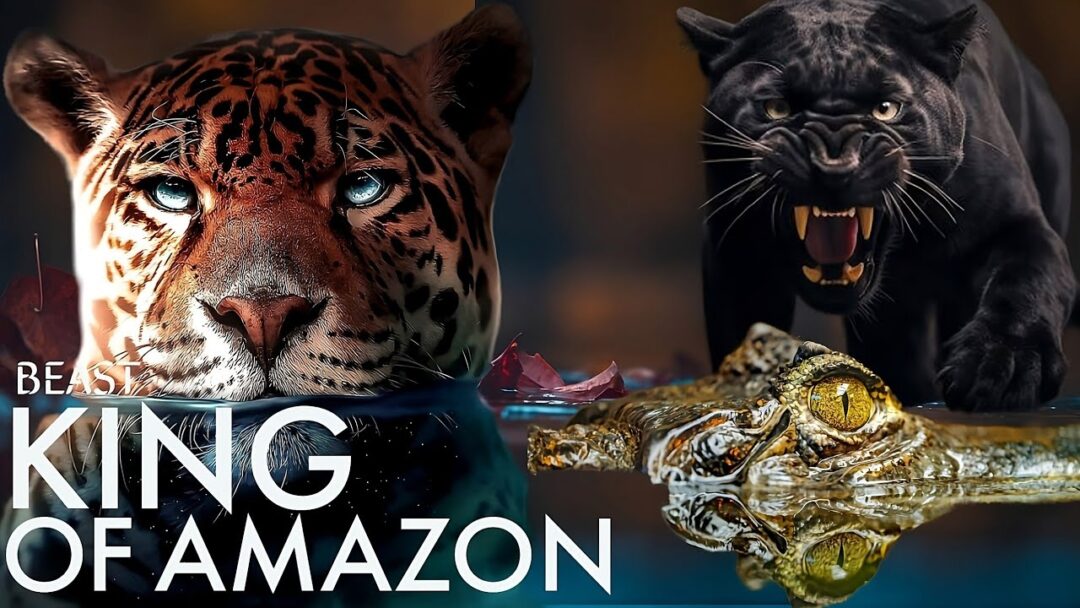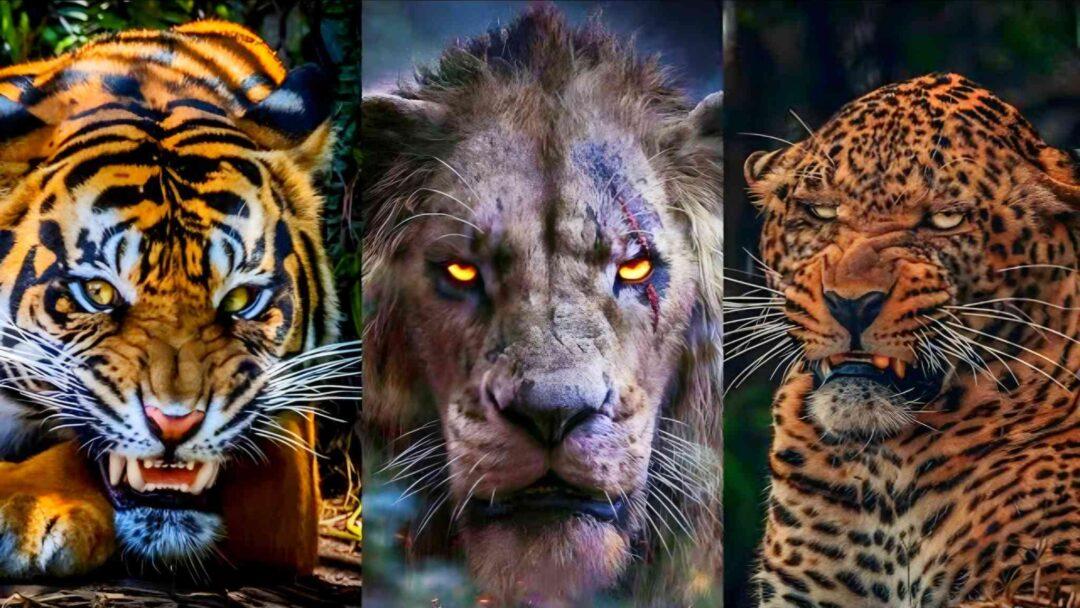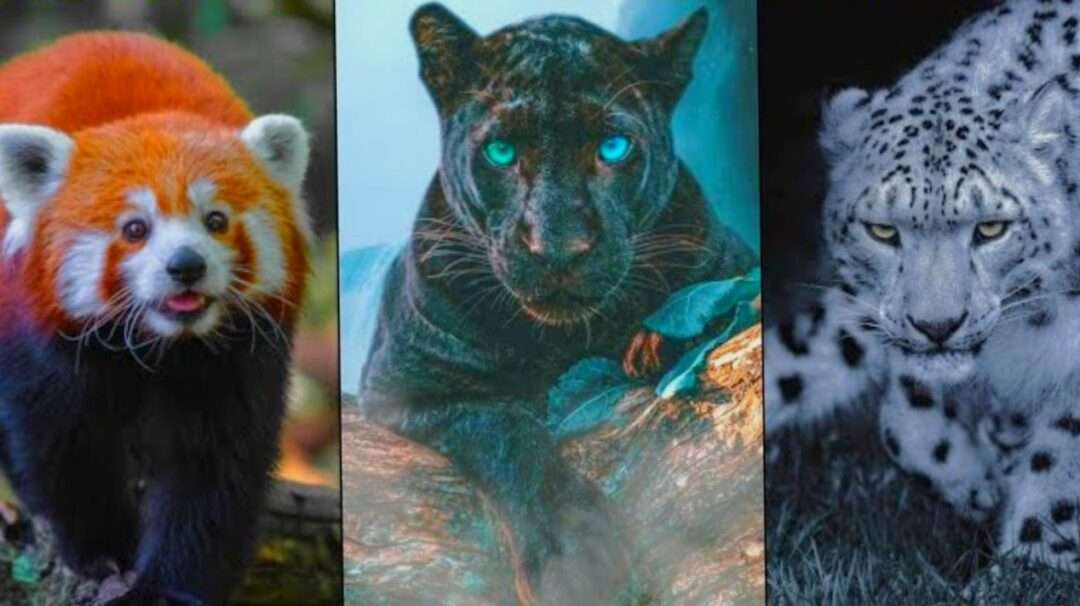
Table of Contents
Introduction
In the heart of the Amazon rainforest, amidst the dense vegetation and lurking dangers, roams a creature of unparalleled strength and beauty—the jaguar. While not as feared as the crocodile or as massive as the anaconda, the jaguar reigns supreme as the apex predator of its domain. Join us on a journey to uncover the secrets of this magnificent feline, as we explore its biology, hunting prowess, and the threats it faces in the wild.
The Power and Agility of the Jaguar
Standing as the third-largest wild cat in the world, the jaguar commands respect with its formidable physique. With a height of around two and a half feet, a length of up to 2 meters, and weighing approximately 120 kilograms, the jaguar possesses both power and agility in equal measure. Its muscular body, coupled with sharp claws measuring about one and a half inches in length and teeth reaching up to 3 inches, make it a fearsome predator capable of taking down prey with ease.
Hunting Technique
Unlike other cats, the jaguar employs a unique hunting strategy that sets it apart from its feline counterparts. Instead of relying solely on speed and agility, the jaguar exhibits patience and precision in its approach. By stalking its prey and waiting for the opportune moment to strike, the jaguar ensures a successful hunt with minimal effort. Its powerful jaws, boasting a bite force of up to 2000 pounds per square inch, allow it to deliver a fatal blow to its unsuspecting victim, often targeting the neck to quickly immobilize and dispatch its prey.
Adaptations for Survival
Over thousands of years of evolution, the jaguar has honed its skills and adapted to its environment to become a highly efficient predator. Its ability to climb trees and swim effortlessly enables it to navigate the diverse terrain of the Amazon rainforest with ease. Moreover, the jaguar’s remarkable intelligence and keen senses make it a master of stealth, capable of outsmarting even the most elusive of prey.
The Jaguar’s Role in the Ecosystem
As a keystone species in the Amazon ecosystem, the jaguar plays a vital role in maintaining the delicate balance of nature. By regulating prey populations and controlling herbivore numbers, the jaguar helps to preserve the health and diversity of its habitat. Furthermore, as an apex predator, the jaguar exerts top-down pressure on the food chain, influencing the behavior and distribution of other species within its ecosystem.
Conservation Challenges
Despite its importance, the jaguar faces numerous threats to its survival, primarily due to habitat loss, poaching, and human-wildlife conflict. The rapid deforestation of the Amazon rainforest has resulted in the fragmentation of jaguar habitat, forcing these majestic cats into ever-shrinking territories. Additionally, illegal hunting and retaliatory killings by humans pose significant risks to jaguar populations, further exacerbating their decline.
Conclusion
In conclusion, the jaguar stands as a symbol of strength, resilience, and natural beauty in the Amazon jungles. Through its remarkable adaptations and hunting prowess, the jaguar embodies the spirit of the untamed wilderness. However, as human activities continue to encroach upon its habitat, the future of the jaguar hangs in the balance. It is imperative that we take action to protect these magnificent creatures and preserve their natural heritage for generations to come.
What are some key characteristics of jaguars that make them stand out among other wild cats?
Jaguars possess a powerful physique, including a height of about two and a half feet, a length of approximately 2 meters, and a weight around 120 kilograms. They exhibit exceptional agility, with the ability to run at speeds of up to 80 kilometers per hour. Additionally, their jaws boast the highest bite force among all cats, ranging from 1500 to 2000 PSI.
How do jaguars typically hunt and what makes their hunting technique unique?
Jaguars are skilled predators that utilize a distinctive hunting method. Unlike many other cats that rely on swift attacks, jaguars often wait patiently for the opportune moment to strike. They excel at targeting their prey’s vulnerable spots, often immobilizing them with a powerful bite to the skull, which effectively paralyzes the prey.
What is the evolutionary history of jaguars, and how did they come to inhabit the Amazon jungles?
Jaguars trace their evolutionary origins back to North America, where they gradually evolved from an ancestral species over millions of years. These cats eventually migrated from North to South America, populating regions such as the Amazon jungle. Their presence in the Amazon can be attributed to the evolutionary processes that led to their adaptation and spread across the continent.
How has human activity impacted the jaguar population in recent history?
Human encroachment and deforestation have significantly impacted jaguar habitats, leading to a notable decline in their population. Over the past century, extensive deforestation in the Amazon has resulted in a 20% reduction in the jaguar population, with approximately 173,000 jaguars remaining today.
What actions can individuals take to support jaguar conservation efforts?
Individuals can contribute to jaguar conservation by raising awareness about the importance of preserving their habitats and ecosystems. Sharing educational content, such as videos highlighting the significance of jaguars, and supporting conservation initiatives through donations or volunteer work are effective ways to help protect these iconic wild cats. Additionally, advocating for sustainable land-use practices and policies can aid in safeguarding jaguar populations for future generations.




